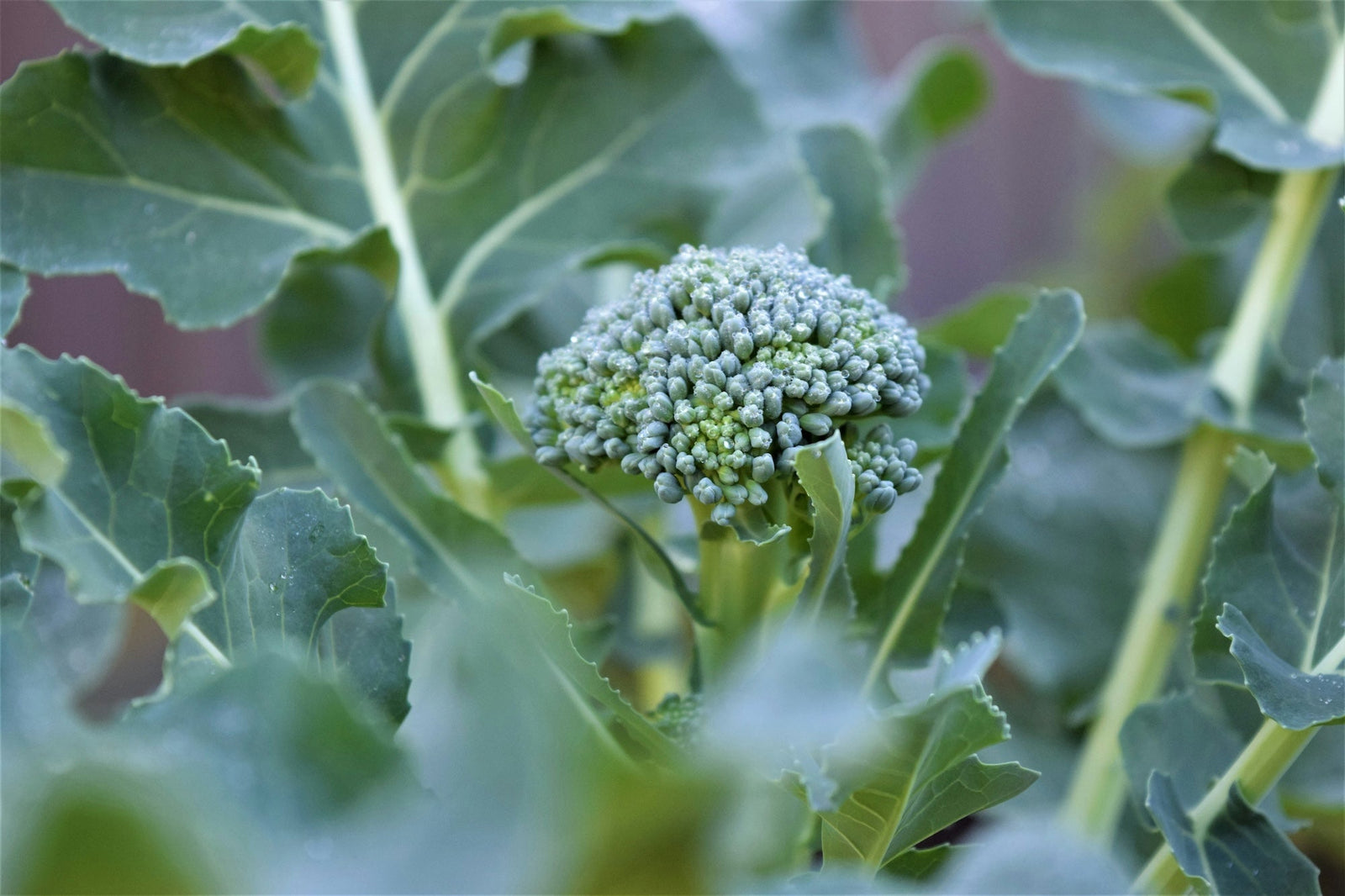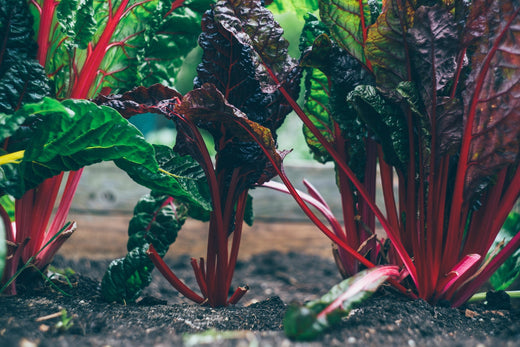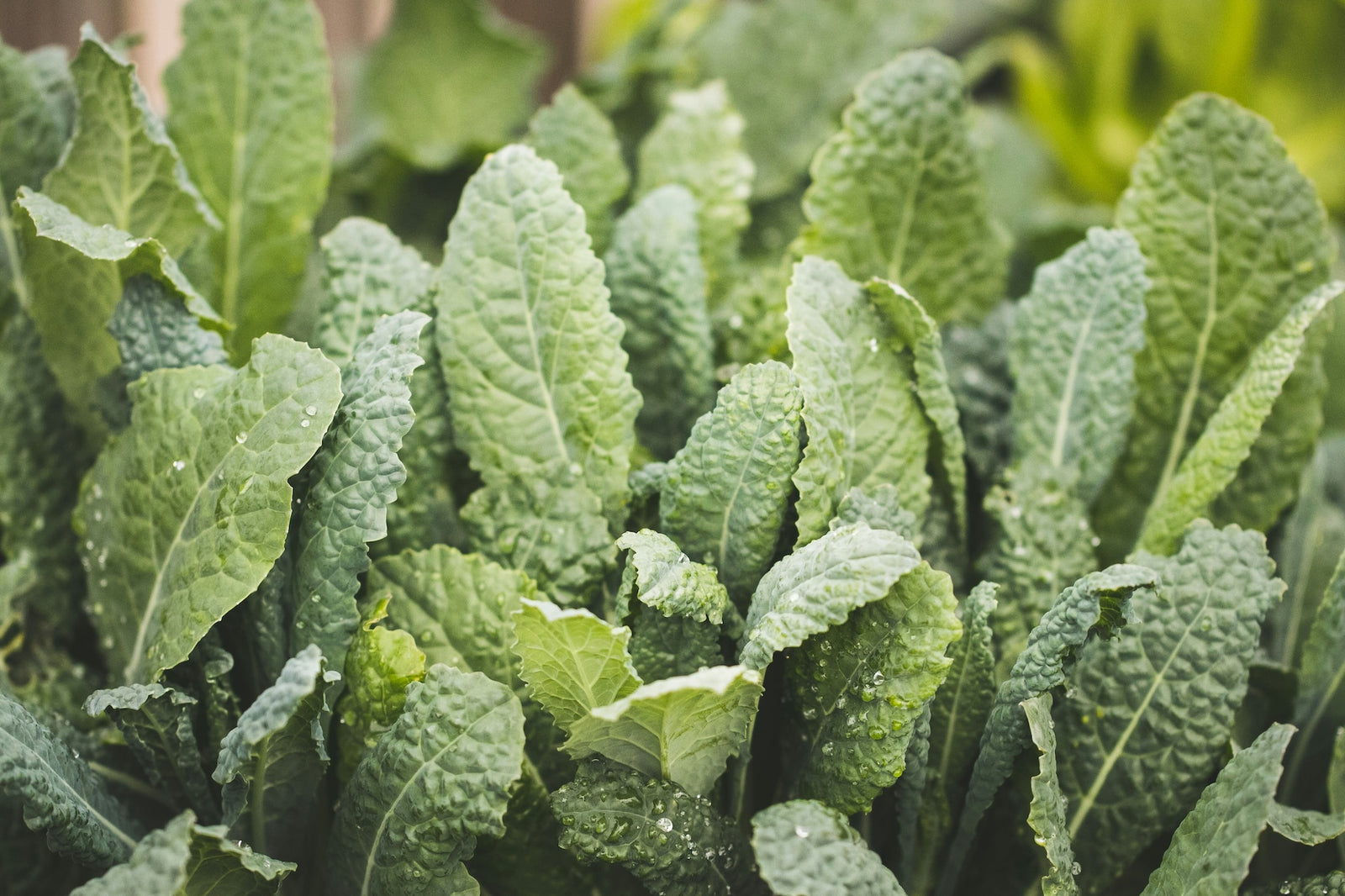
When Should I Harvest Onions?
We plant them in fall or winter, but how do you know when it’s the right time to harvest onions? While onions can be pulled at any stage during the growing cycle, there is one surefire clue to tell you when the remaining bulbs must be harvested: when the plants start to look like they’re dying, its onion-digging time!
When the plants are actively growing, during the spring and summer, the healthy green leaves provide energy to the bulb. In the late summer, the yellowing, prostrate foliage is the plant’s signal to you that all the available energy has been supplied to the bulb and it is now ready to harvest.
When most of the onion leaves have yellowed and fallen over, manually bend over any tops that are still standing. Old-time farmers would often walk down the row of onions and simply step on the tops of the onions that were upright. At this point, you can either leave the onions in the ground for about a week longer, or they can be pulled and left to cure on top of the ground for several days. If you choose to pull them, it’s a good idea to cover them with their (still attached) tops to protect them from sunburn.
After the onions have spent a little time curing in the garden, inspect them to make sure the tops and necks are completely dry and the roots are dry and wiry. If they still seem to have some moisture in the necks, and the skin is not completely dry and papery, they may need a little more curing time. If this is the case, simply cut off the tops to 1” from the bulb and spread them in a well-aired spot out of the sun until they are completely dry. Make sure they have some space between bulbs; they will not dry properly if they are over-crowded.
The most important thing to keep in mind when curing onions is to be certain they are completely dry before storing them. If they have any moisture in them, they will rot.
With a little planning and the proper care when drying them, you should have homegrown onions to enjoy all through the winter and into next spring!



